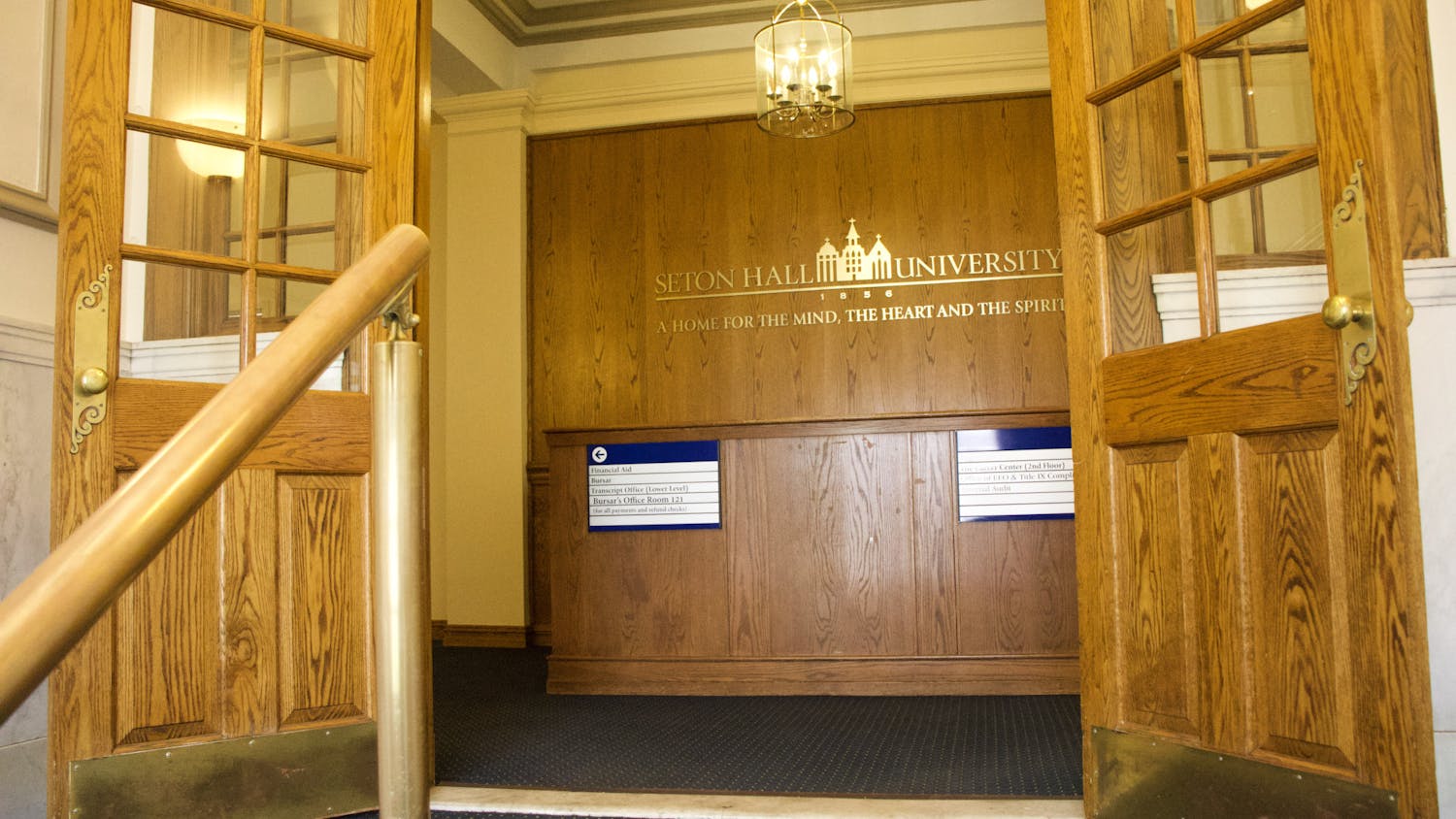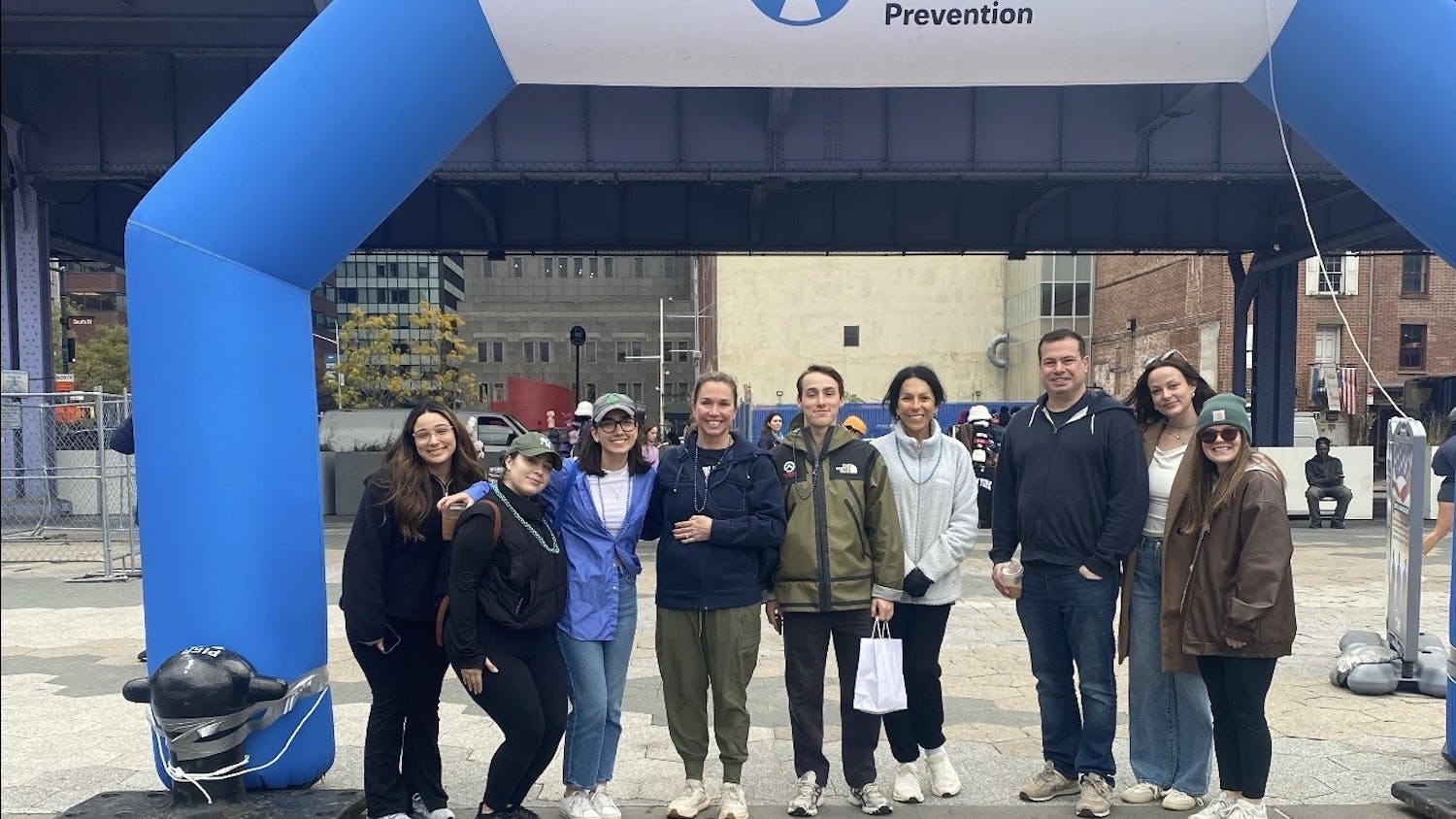The first place on my checklist was South Orange Public Library. There, I teamed up with a librarian named Ellen and together we searched through online databases for anything involving births or deaths in the years 1952 and 1953.
No results for any Anton Ciaglias turned up, and I was still stuck at square one with no information. Ellen suggested I head to the Maplewood Public Library to search the old News Records for an obituary, so off I went determined to find Anton.
In Maplewood, I looked through rolls and rolls of microfilm hoping to find a death notice for Anton Ciaglia, but was once again it was unsuccessful. In fact, the October 22, 1953, weekly issue of the News Record newspaper had no deaths at all listed for that week, and I was beginning to feel discouraged.
The librarian at the desk suggested that I call the Archdiocese of Newark to see if they may be able to locate a cemetery, so with a new direction in mind, I jumped right back in.
Patricia Magistro from Catholic Cemeteries answered my call and seemed eager to help, but when I told her that the grave was located on campus she informed me she would not be of service.
"I can only find people in the public cemeteries of the area," she said, "but I would be surprised if the baby was even buried there at all. People must be buried under consecrated ground so unless your campus ground is consecrated, I would assume you are just looking at memorial."
Although I was frustrated that I'd hit another dead end, I was intrigued with the possibility that it may be a memorial, and couldn't wait to speak with Father Spera.
Finally I sat in Father Spera's office anxious to ask him a million questions about the grave, but after all was said and done, I had little more than the information I had already acquired.
"I was told, but I am not sure of this, that a Seton Hall worker, probably a poor Italian immigrant, lost a child and could not afford to bury it, so they buried it behind the chapel," said Father Spera.
"It was probably the result of someone's good deed and perhaps some financial support." I asked him if he thought the grave was not a grave at all and perhaps a memorial, but he brought up a good point.
"Like I said, I really can't say for sure, but if what I was told is true that the family could not pay for a burial, how could they afford a memorial?"
He suggested I e-mail Monsignor Robert Wister, who has been at Seton Hall University longer than most of the other priests.
Unfortunately, he was also unable to come up with anything concrete. However, he did seem pretty certain that the stone was just a memorial.
"I cannot believe that there is a body there as it would have been necessary to get a permit from the town for a burial and I cannot imagine that happening. Burial without a permit is illegal. Nor can I imagine the university authorities allowing a burial. If the family were poor, the thing to do would be to give them financial assistance for a burial," he said.
I was getting extremely discouraged but one question alone urged me forward. What exactly is the connection that this child had to the University?
My next few attempts proved once again to be unsuccessful. I was unable to get my hands on a birth certificate or death record for Anton at the South Orange Municipal building because I could not prove I had a relation to him.
Then, I tried looking for Seton Hall employee records at the Human Resources office, but the oldest records they had on file were from just seven years ago.
I attempted an online search one more time and just as I was about to give up I found something. I was looking through Ciaglia family trees, and one particular family stood out to me.
The family consisted of father Vincenzo Ciaglia, mother Immacolata Meola, and three children.
The children were all born in San Lupo, Italy, but the family was said to be currently living in Long Branch, N.J. One of the children listed had no name but instead was written like this: "Baby boy- 1953-1954."
The child listed next was named Antonietta and she was born only a year after the baby's listed death. It looked to me like she was named after her older brother.
I was thrilled and thought for sure this was Anton. I even thought I may have found Anton's connection with the University.
If this indeed was the child I'd been looking for, perhaps his mother is the connection! Her name is Immacolata and her son is buried behind Immaculate Conception chapel.
I couldn't possibly explain how excited I was as I thought that all my loose ends might actually be tied up. And I can't possibly explain my disappointment when I realized I had made a big mistake.
The years on Anton's grave are 1952-1953, not 1953-1954 like "Baby boy's." But, I couldn't get past how well the pieces seemed to fit together.
I tried contacting members of the "Baby boy's" family to see if they might shed some light on the situation, but none of my messages were returned.
It's possible that whoever was creating the family tree may have gotten the dates wrong, or perhaps the years on the stone are incorrect. But as of right now nothing has been confirmed or denied, and no one seems to know the truth about the mysterious stone.
I find it so intriguing that at an establishment with as much history as Seton Hall University, something as interesting as the case of a gravestone is able to just disappear.
Megan Kelly can be reached at megan.kelly@student.shu.edu.





